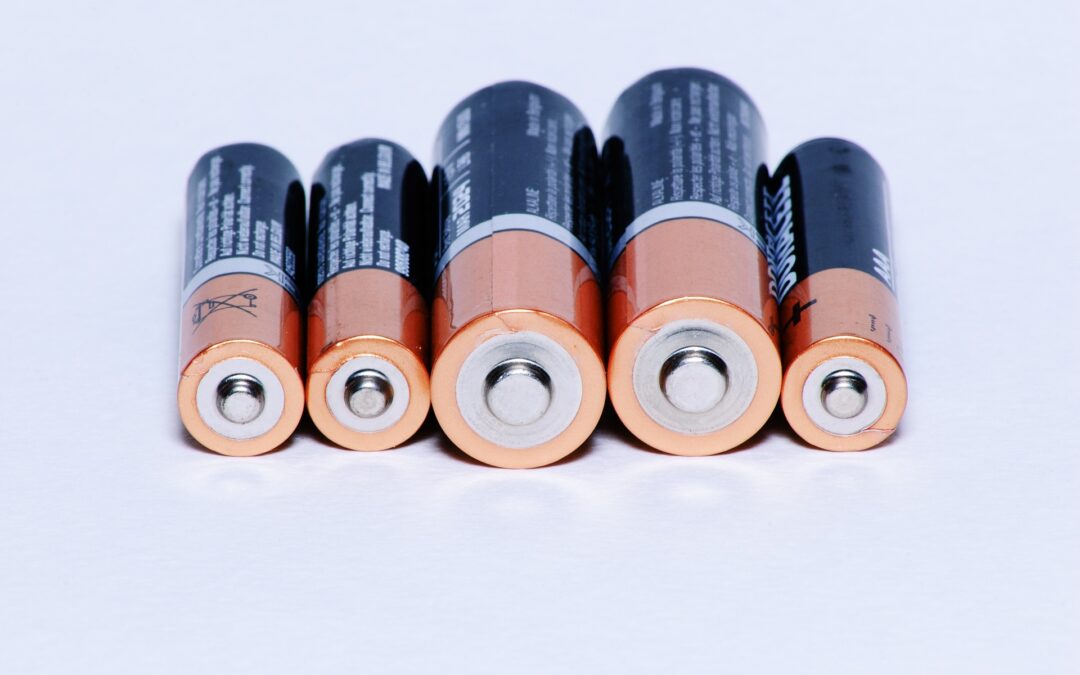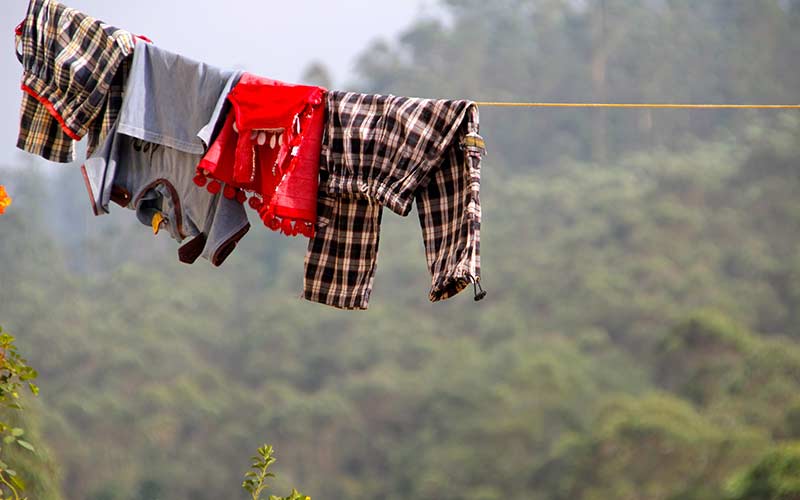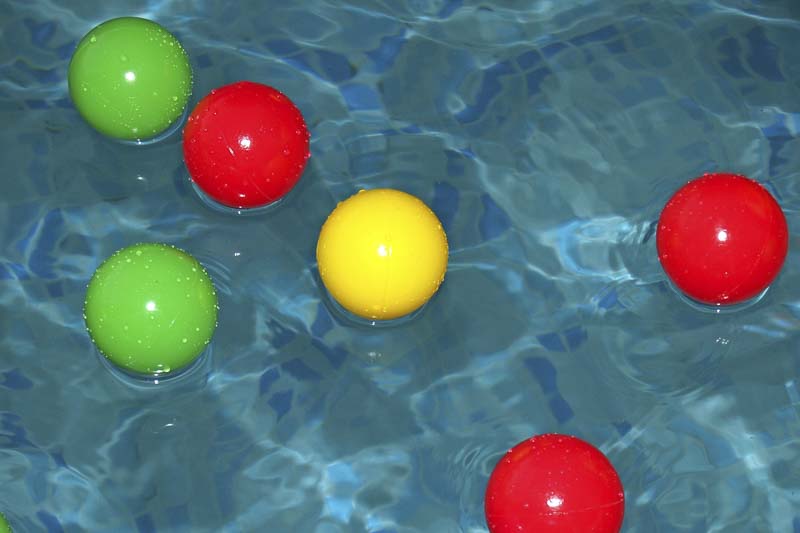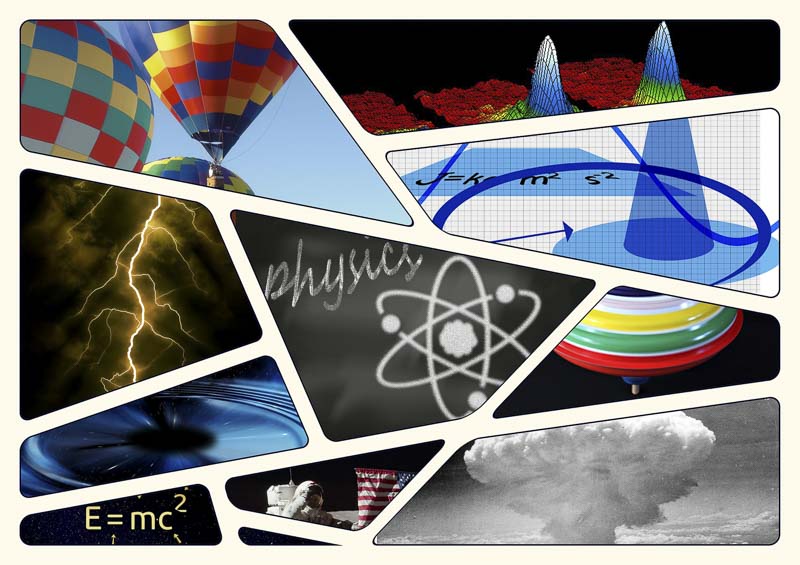Electron Attraction
You can demonstrate how charges attract and repel with the following experiment. Hang two inflated balloons from a door frame or ceiling so that they are just touching. Take a sweater or wool sock and rub the sides of both balloons to negatively charge them – the balloons will pick up extra electrons from the sweater. What happens? The balloons will repel each other – the two negative charges push each other away. What do you think will happen if you stick your hand, which is positively charged, in between the two balloons? Because the balloons have a negative charge, they will be attracted and move toward the positive charge of your hand.
The Law of Change Conservation states that the net amount of electric charge is constant, so electrons can only move from one place to another – they don’t disappear. This means that if one thing gains electrons and becomes negatively charged, something else has lost electrons and become positively charged. In your experiment, the balloons picked up the extra electrons and became negatively charged, while the wool lost electrons.
Demonstrate Static Electricity
Static electricity makes your hair stand up during a pillow fight or shocks your fingers when you touch a cold door handle. Static (unmoving) electricity occurs when insulating materials (ones that electric current can’t flow through, such as plastic) get negatively or positively charged. Since the current caused by this force can’t flow through the insulator, the static electricity sticks to the surface and builds up until it can exchange photons with an opposite charge.
Since lightning is an example of static electricity, it’s not surprising that the two results of static electricity are sparks and a crackling sound. You can observe this in a dark bathroom with a rubber or glass friction rod (a comb or a glass rod could also work) and a friction pad or piece of fur or wool.
1. Rub the friction rod against the pad for 15-20 seconds and then touch the rod to the sink faucet. You should hear a crackling sound and maybe even see a small blue spark as extra electrons flow from the rod to the positively-charged metal faucet.
2. Can you think of other ways to get a static electric spark or sound? Are there some materials that work better than others (e.g., a cotton sweater vs. wool, a plastic spatula vs. rubber comb, etc.)? Do more experiments to test your hypotheses!
Homemade Battery
You can make a simple battery with some pennies and circles of aluminum foil and wet paper towels (soaked in a saltwater solution – try one teaspoon salt to 6 oz. tap water) that are the same size as the pennies. You will also need some insulated wire. (Adult supervision recommended.)
1. Make your battery by stacking 12 ‘cells’ against each other, each cell made up of one penny, one wet paper towel circle, and one foil circle in that order.
2. Wrap an 8-10′ piece of insulated wire with stripped ends around the battery once and twist the ends together against the battery so that the wire holds the cells together.
3. Next, touch the bare ends of the wire to each end of the battery. If you’re in a dark room, you might see a spark as your battery produces an electric current. Another way to test the battery is with a voltage meter or multimeter.
Note that U.S. pennies made before 1982 are 95% copper, but newer pennies only have a 2.5% copper coating. For further experimentation, compare the electric current when you make a battery using only older pennies and one using only newer pennies. You could also experiment with a stronger saltwater solution or plain tap water.
Experiment with Electromagnets
Electromagnets are temporary magnets that only work as a magnet when an electrical current is flowing through them. With some insulated wire and a large nail, you can make your own electromagnet. Loosely wrap a long piece of insulated wire around the nail. Connect the ends to a battery and see what happens.
Does your electromagnet attract any metal objects, such as paperclips? What happens if you set a magnetic compass close to the electromagnet? Experiment with coiling the wire more times around the nail; does that strengthen the magnetic field so that the electromagnet attracts heavier objects? If you have iron filings, you can test the magnetic field produced by the electromagnet. Sprinkle the iron filings on a paper plate, then hold the electromagnet directly underneath. The iron filings will arrange themselves in the pattern of the magnetic field. Electromagnets are used in electric bells, magnetic levitation (maglev) trains, and much more.
- Find out more with these hands-on Electromagnetism experiments!





